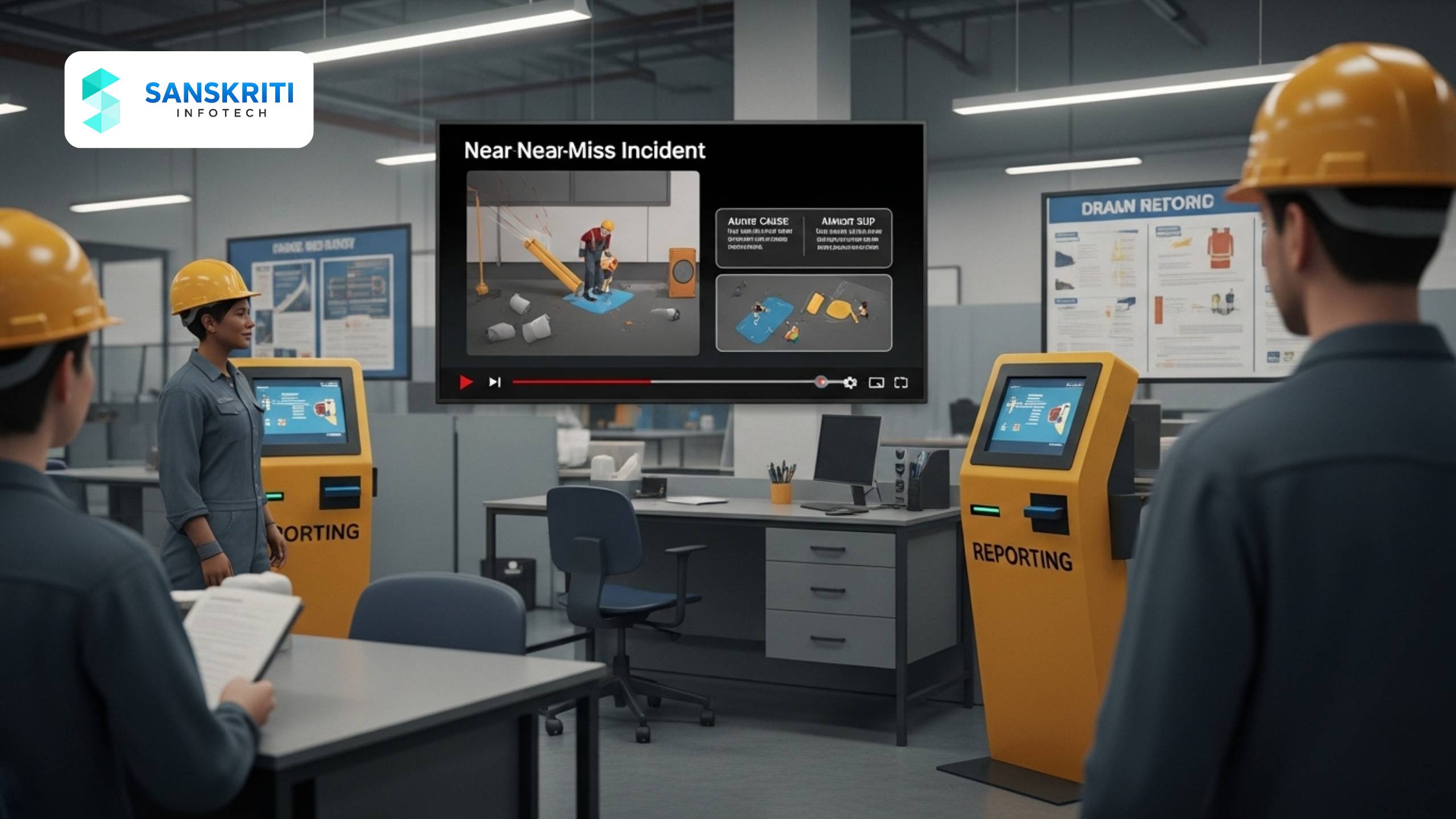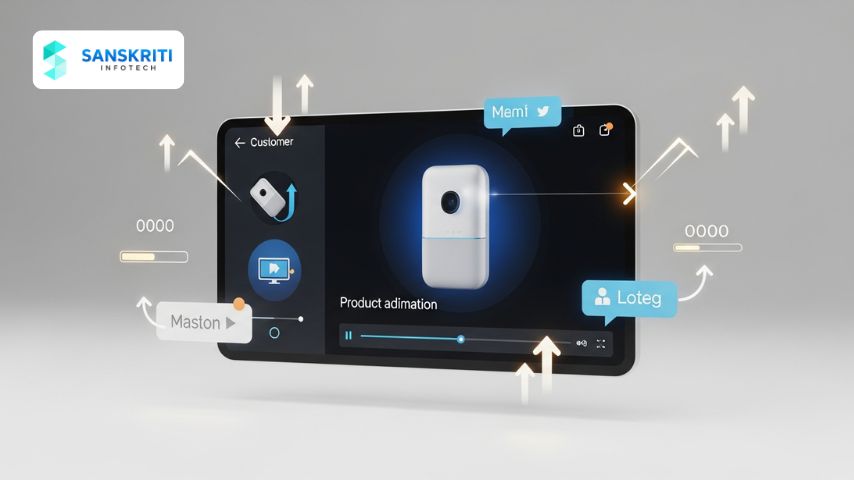Table of Contents
Introduction
Near-miss reporting is one of the most vital yet often overlooked components of workplace safety. These close calls provide crucial insights that can prevent serious accidents in the future—but only if they are reported.
Unfortunately, near-miss incidents are frequently underreported due to fear, stigma, or simply a lack of awareness. To change this, organizations must create a culture that encourages transparent reporting—and training plays a central role.
This is where 3D animation becomes a powerful tool. By visually showing what near misses look like, how they occur, and how they should be reported, 3D training videos help create a safety-first mindset that saves lives. In this blog, we explore how to use 3D animation to improve your near-miss reporting program and incident prevention culture.
What Is Near-Miss Reporting?
- – A near miss is an unplanned event that didn’t result in injury, damage, or illness—but had the potential to do so.
- – Near-miss reporting helps organizations detect unsafe practices before they escalate into actual accidents.
- – Examples include slipping on a wet floor, almost dropping a heavy object, or narrowly missing electrical contact.
Common Barriers to Near-Miss Reporting
- – Fear of blame or punishment
- – Lack of clarity on what qualifies as a near miss
- – No training on how and when to report
- – Paper-based or time-consuming reporting systems
Why Use 3D Animation for Near-Miss Reporting Training?
- – Realistic Simulations: Show potential hazards and near-miss situations with full visual context
- – Scenario-Based Learning: Walk viewers through real-time reactions, reporting steps, and consequences
- – Behavior Change: Reinforce the importance of proactive reporting in an engaging way
- – Role Clarity: Train everyone from frontline workers to supervisors with role-specific animations
Case Example: Logistics Company Near-Miss Culture Shift
- – A warehouse logistics firm integrated 3D training videos into their onboarding and toolbox talks.
- – Scenarios included:
- – – Improper stacking near a forklift path
- – – Electrical cords across walkways
- – – Missed PPE usage near loading zones
- – Results:
- – – 3x increase in near-miss reporting in the first quarter
- – – Greater employee confidence in safety discussions
- – – Better audit scores and lower incident rates
Key Elements of a Good Near-Miss Training Animation
- – Customize visuals to your actual workplace and equipment
- – Include common hazards and reporting workflows
- – Demonstrate non-punitive reporting culture
- – Integrate with your safety management system (SMS)
- – Include data points or forms visually to show ‘how to report’
Best Use Cases for 3D Near-Miss Reporting Training
- – Manufacturing Plants
- – Oil & Gas Facilities
- – Construction Sites
- – Logistics & Warehousing
- – Utilities & Power Plants
Conclusion
Near-miss reporting is an early-warning system for workplace safety—and it’s only effective if people are trained to use it properly. 3D animation offers a vivid, safe, and repeatable method for communicating this critical concept.
At Sanskriti Infotech, we create immersive near-miss training animations that reflect your operations and safety goals. Let’s make your team confident, proactive, and engaged in safety.
📞 Contact us today to get started with a customized 3D safety training program.






